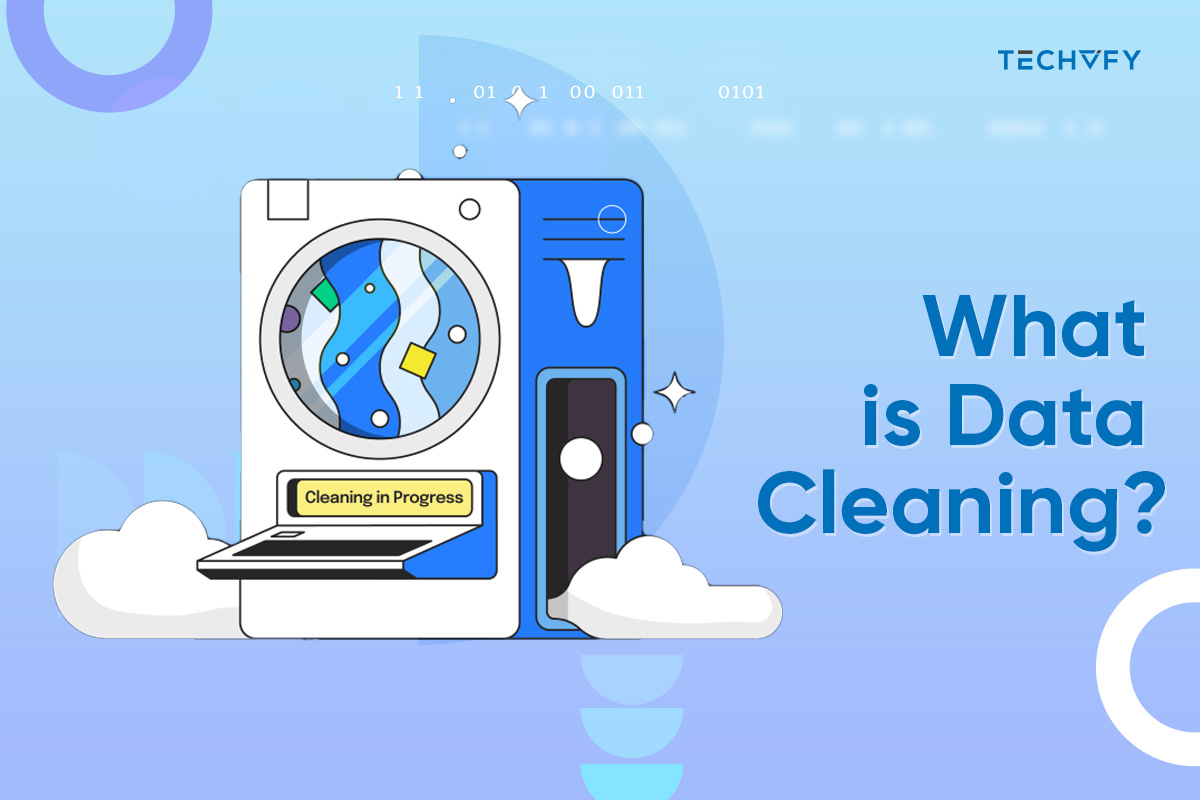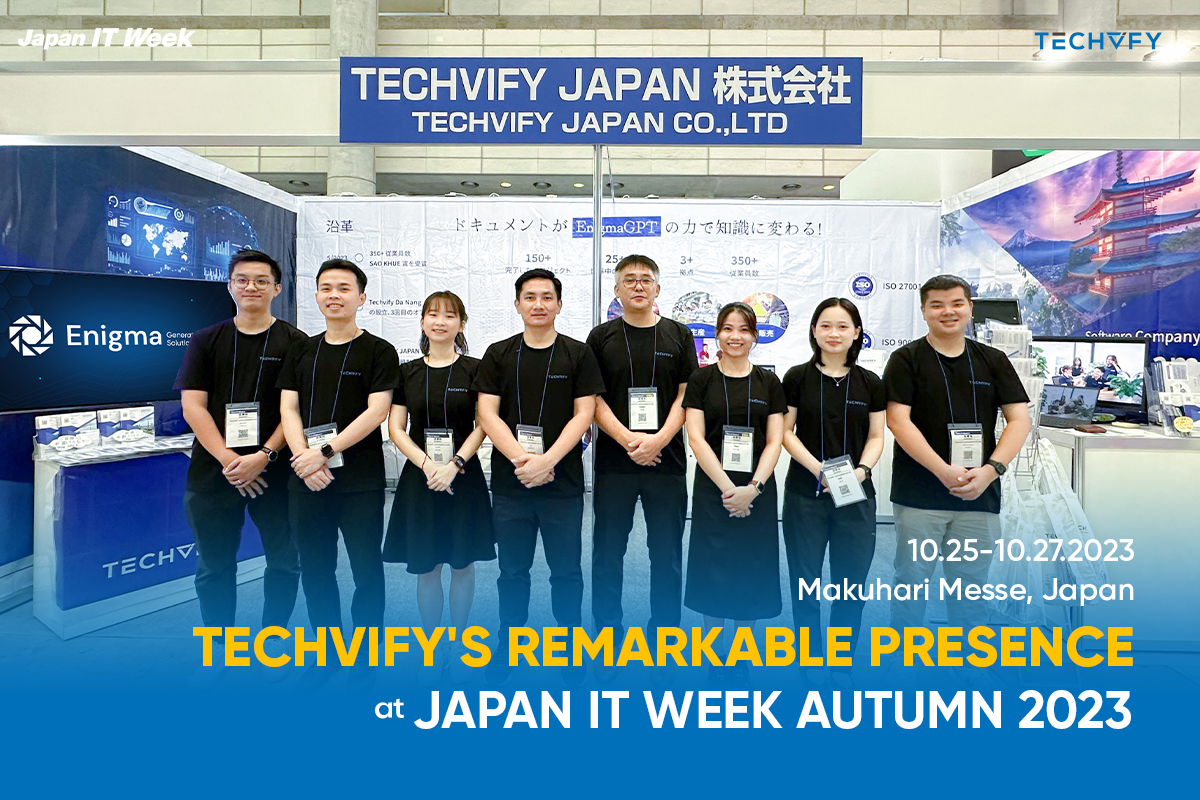Exploring the Benefits of Generative AI in Modern Business Landscape
- Potter Le
- 0 Comments
Generative AI, an advanced artificial intelligence form, can craft diverse content, spanning text, voice, images, and videos. This differs from your traditional AI, which merely processes and predicts data. Instead, generative AI employs cutting-edge machine learning models to generate outputs, drawing from its comprehensive training datasets.
However, every technology has its advantages and disadvantages. On the upside, it bolsters human creativity, augments data, and enhances personalization. Conversely, it may only sometimes deliver optimal quality and can streamline language translations. Furthermore, its applications are pivotal in sectors like healthcare and scientific research.
In this discussion, we aim to shed light on the benefits of generative AI, especially the generative AI benefits for business, and its potential pitfalls. We’ll also introduce some leading Generative AI tools that can be instrumental for businesses.
I. The Benefits of Generative AI for Business
1. Quick Content Creation
A standout benefit of generative AI is its rapid content generation capability. Forecasts from Gartner suggest that by 2025, generative AI will be behind 30% of large companies’ marketing content, covering text, images, videos, and audio. This marks a significant rise, given that only 2% tapped into it for such purposes in 2022.
2. Elevate Customer Engagements
Generative AI can revolutionize customer interactions within businesses. Through advanced chatbots, companies can deliver responses that seem more authentic and detailed, all thanks to the robust language models powering them.
Companies might deploy generative AI tools for automated replies to frequent customer inquiries. Moreover, industry frontrunners see these AI bots supporting customer service representatives, using natural language processing to grasp a conversation between an agent and a client and then fetching pertinent information to facilitate the dialogue.
3. Risk Management and Simulation
Business choices, be it investments, introducing new products, or making operational shifts, carry inherent uncertainties. Generative AI provides a tool to run numerous simulations, giving a close view of possible results.
In the financial sector, investment companies can employ generative AI to create various economic models, anticipating potential market changes and proactively altering their approaches. In fields like agriculture, generative tools can produce simulations of different weather conditions, aiding farmers in estimating crop outcomes and deciding when to plant and harvest.
For city planners and architects, generative AI can demonstrate the effects of diverse designs on traffic movement, eco-friendliness, and energy use, promoting the development of practical and resourceful urban areas.
4. Data Analysis and Insights
Generative AI is adept at analyzing data, making it highly beneficial for businesses handling vast datasets. It can spot trends, detect patterns, and pinpoint irregularities. This information supports informed decision-making and offers a clearer view of operations, consumer actions, and market shifts.
5. Optimize Efficiency in Tasks from Coding to Contract Management
Machine learning models can proffer code suggestions, amplifying developer productivity. For instance, ChatGPT can aid in web development, code in languages like JavaScript, and troubleshoot coding challenges.
Generative AI can also demystify complex tasks. Take a software vendor’s deal desk, which oversees quotes, proposals, and contracts. Currently, consolidating multiple contracts into a singular one might necessitate prolonged discussions between the vendor’s deal desk and the client.
With generative AI, a deal desk can amass details on a client’s diverse licensing models from various departments. An AI tool processing this data can offer a head start in contract amalgamation.

Learn more about Generative AI:
II. Disadvantages of Generative AI
Here, we delve into some challenges tied to Generative AI:
Quality and Precision Concerns in Generative AI
A notable constraint of generative AI is its dependency on vast data chunks from a specific period, potentially rendering it obsolete. For example, ChatGPT, a leading generative AI instance, often delivers ambiguous or redundant replies to current events or specialized queries. Google Bard faced criticism for inaccurately claiming that the James Webb Space Telescope captured exoplanet images.
The output quality of generative models hinges heavily on their training data’s caliber. Biases in this data can yield skewed outcomes. Rectifying these biases is paramount to ensure the trustworthiness of AI-generated content.
Legal Ramifications of ChatGPT and Generative AI
Post its November 2022 debut, ChatGPT has garnered both praise and scrutiny, attributed to its advanced natural language processing abilities. As its adoption escalates, ethical and legal dilemmas emerge.
A primary concern revolves around intellectual property rights, encompassing potential breaches of copyright and trademark laws. Generative AI models like ChatGPT are trained on extensive internet datasets, incorporating works from myriad creators. This raises queries about the genuineness and ownership of AI-crafted content.
Imagine a content creator designing unique content for their blog. An AI might churn out analogous content, albeit reworded but conveying an identical message, leaving the original author with minimal recourse.
For the ethical deployment of Generative AI tools like ChatGPT, users should be apprised of these challenges and adopt practices that honor intellectual property and privacy regulations. This strategy enables us to tap into AI’s potential while adhering to legal and ethical standards.
Barriers to Embracing Generative AI
While generative AI is brimming with potential, it needs more technical hurdles. Many need help comprehending and leveraging its capabilities fully, impeding broad-based adoption.
Free AI tools like ChatGPT and Dall-E come with a set of limitations. For instance, ChatGPT might be inaccessible during peak demand, and Dall-E curtails image creation for non-subscribers. Subscription-driven services typically offer enhanced stability and choices.
With the proliferation of AI enterprises post-2022, pinpointing a reliable and efficient provider is challenging. Crafting in-house generative AI solutions presents obstacles, including steep computational costs and model inefficiencies.
Data Annotation in Generative AI
While generative AI models can be trained on unlabeled data, the data’s authenticity can be dubious. Major firms like OpenAI, Facebook, and TikTok hire contractors for tasks like data classification, leading to potential inconsistencies in data quality, evident in the results.
III. List of Generative AI Tools for Businesses
1. ChatGPT by OpenAI
By November 2022, OpenAI unveiled ChatGPT, increasing attention towards generative AI. This tool can engage in dialogues, respond to sequential queries, acknowledge errors, address wrong assumptions, and decline unsuitable demands.
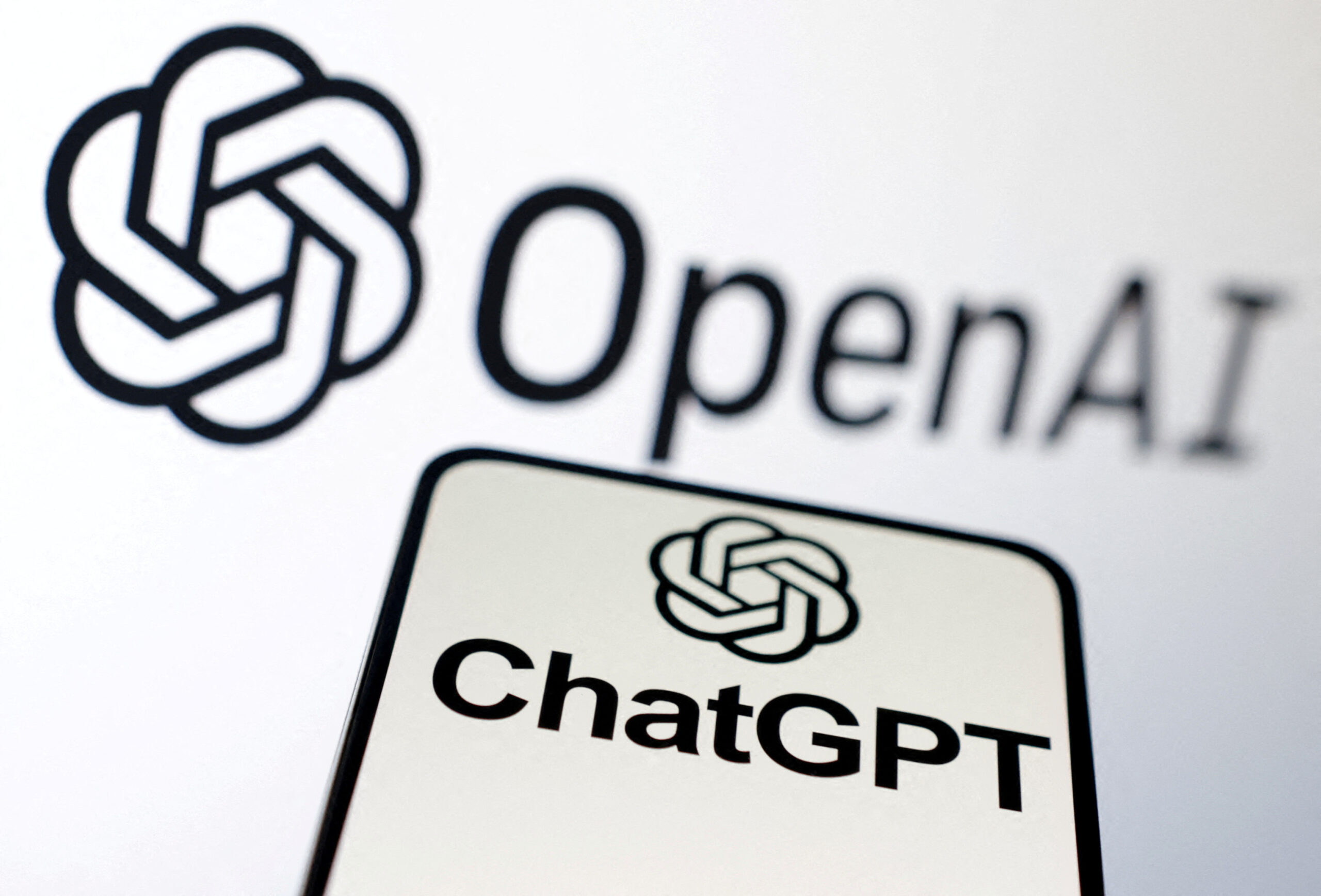
Come March, OpenAI presented GPT-4, the newest version of its deep learning model. They claim it matches human expertise on diverse benchmarks, from the US bar exam to the SATs. Now, OpenAI provides an advanced ChatGPT level driven by the GPT-4 model.
2. Scribe
It’s crafted to streamline your tasks by auto-generating SOPs, training handbooks, and process summaries for any business operation.
Using Scribe’s intuitive browser extension, you can quickly produce detailed guides for all your workflows. Think of the hours you’ll reclaim as Scribe manages the documentation, letting you concentrate on the actual process.

Scribe stands as your reliable AI ally, making task documentation straightforward. In mere moments, you can jot down all your expertise, prepped for team members and clients to utilize. Plus, it facilitates the smooth sharing of your knowledge, ensuring essential methods and insights are stored and readily available to everyone.
3. DALL-E 2 by OpenAI
Initiated as a research endeavor, OpenAI launched DALL-E in January 2021, a system adept at generating images using natural language. The following year, they unveiled the enhanced DALL-E 2, which merges concepts, attributes, and designs. This tool can extend images beyond their initial boundaries, crafting novel visuals.

To ensure responsible use, OpenAI reduced DALL·E 2’s interaction with explicit content in its training data. They employed sophisticated methods to avoid generating lifelike images of real people’s faces, encompassing those of well-known personalities.
4. Synthesia
Synthesia aims to allow everyone to produce video content without needing cameras, microphones, or studios. Through AI, the company is revolutionizing how content is made, promoting genuine human creativity.
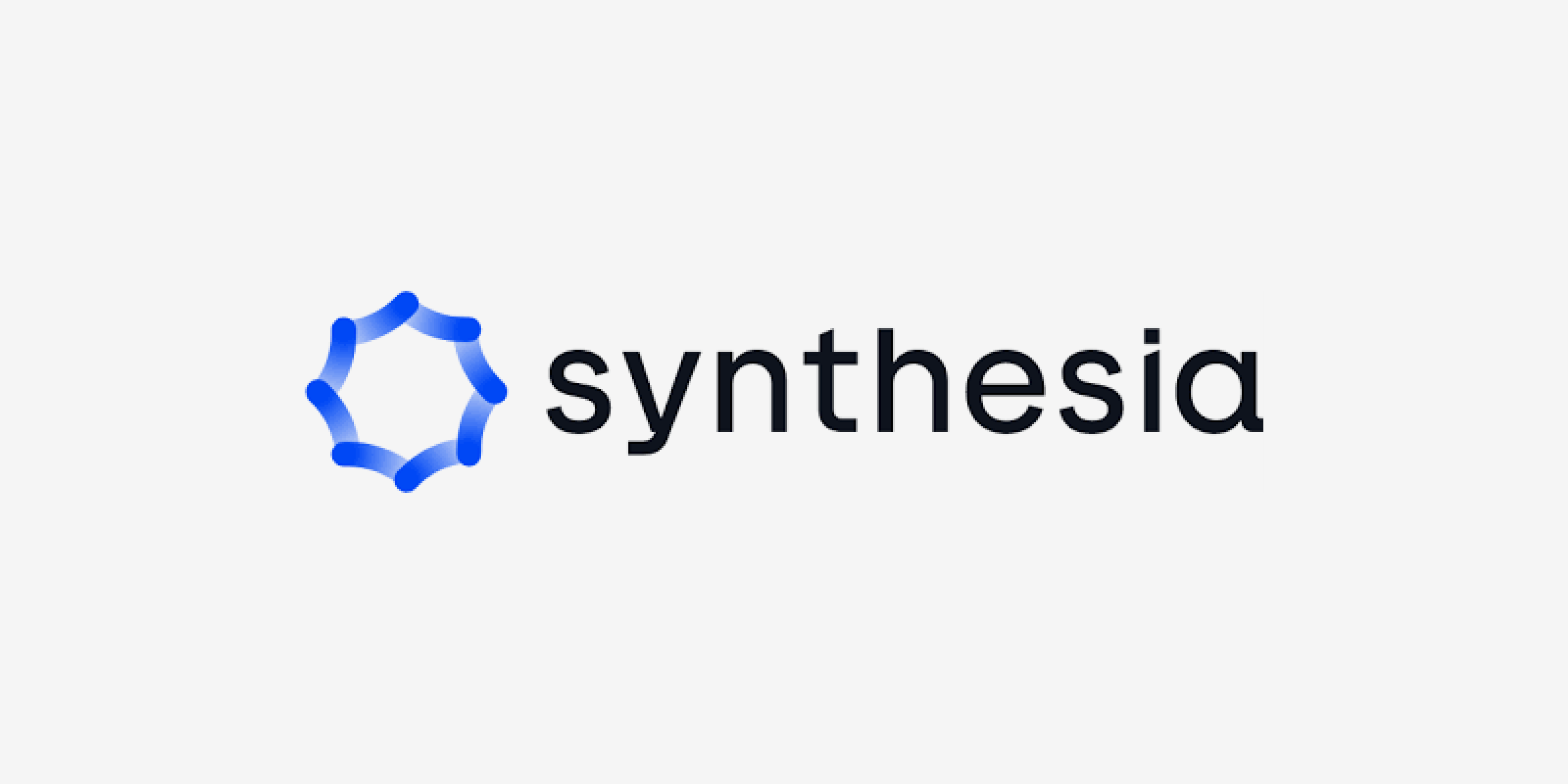
Their platform lets businesses convert text into top-notch videos using AI avatars and voiceovers. This is available in over 120 languages, making it easier to create training materials, customer introduction videos, sales content, and more.
5. GitHub Copilot by OpenAI & Microsoft
GitHub Copilot is an AI-driven code assistance tool designed to speed up coding for developers. It’s accessible via individual GitHub accounts, such as GitHub Copilot for Individuals, or through organization accounts, such as GitHub Copilot for Business.
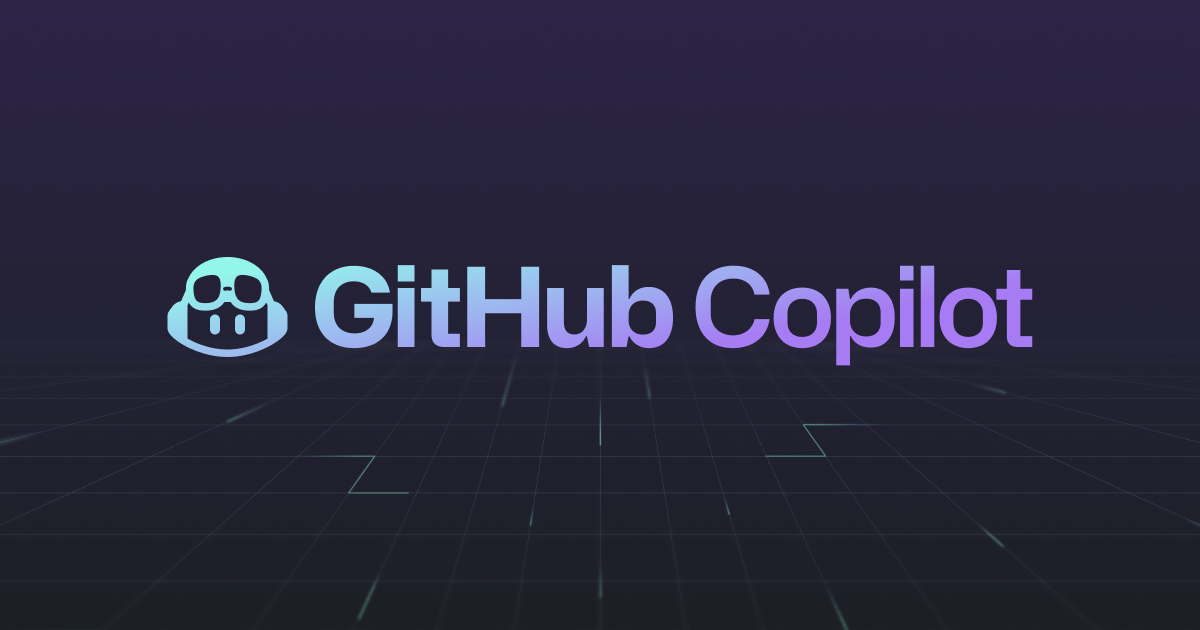
Built on the foundation of billions of code lines, GitHub Copilot translates plain language instructions into code suggestions in multiple languages. The AI behind it is a collaborative effort from GitHub, OpenAI, and Microsoft. It uses comments and code to offer immediate suggestions, ranging from single lines to entire functions.
6. Claude 2 by Anthropic
Anthropic focuses on creating dependable systems and researching AI’s potential and challenges. Their newest model, Claude 2, boasts enhanced performance and extended replies and is available through an API and the new website, claude.ai. It excels in advanced conversations, content creation, and providing specific directions.
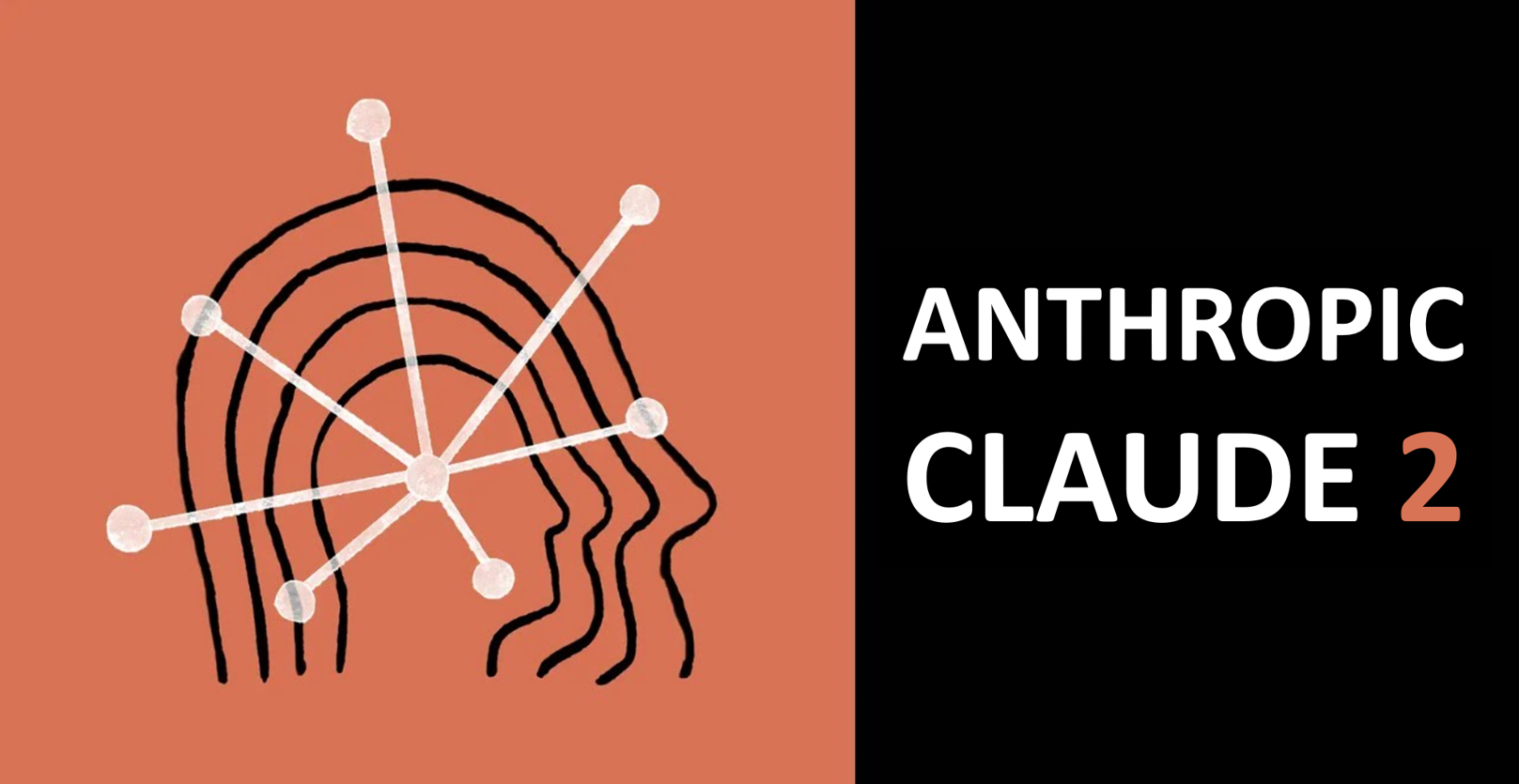
Besides Claude 2, Anthropic presents the more affordable Claude Instant option. This version is adept at tasks like informal chats, text evaluation, concise summaries, and understanding documents.
Conclusion
While the advantages and disadvantages of generative AI are evident, its potential to revolutionize content creation, customer interactions, and data processing cannot be understated. As with any technology, users and businesses must weigh its benefits against its challenges, ensuring its ethical and practical use.
As we move forward, understanding generative AI advantages and disadvantages will be crucial for harnessing its full potential and navigating its complexities. If you want to integrate the best generative AI services into your business, don’t hesitate to contact TECHVIFY.
Our team of experts is ready to help you through every step, ensuring you reap the maximum benefits of this transformative technology.
TECHVIFY – Global AI & Software Solution Company
From Startups to Industry Leaders: TECHVIFY prioritizes results, not just deliverables. Accelerate your time to market and see ROI early with high-performing teams, AI (including GenAI) Software Solutions, and ODC (Offshore Development Center) services.
- Email: [email protected]
- Phone: (+84)24.77762.666




